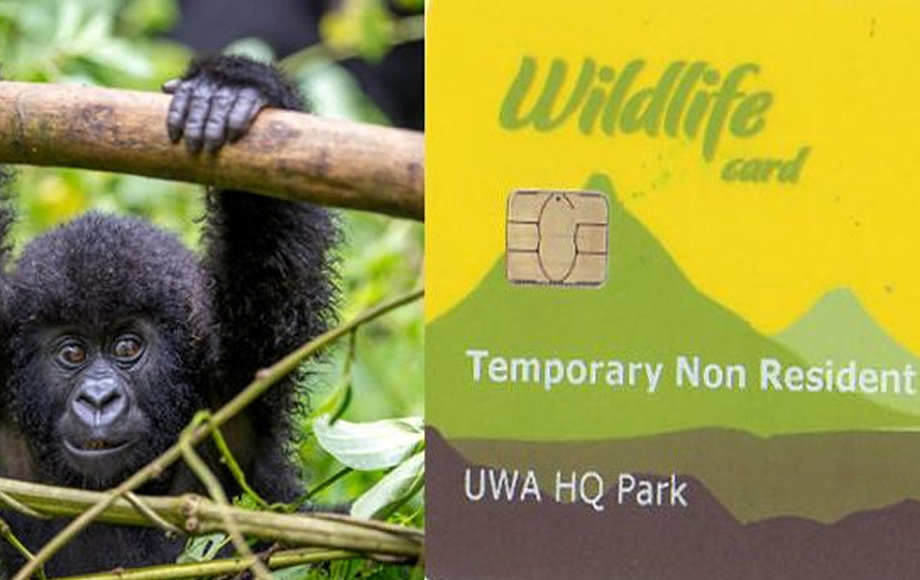
Why Are Gorilla Permits Expensive?
Have you ever wondered why the price of gorilla trekking is far more expensive than any other wildlife activity? Well, this article brings you some of the reasons why this activity is expensive. Firstly, gorilla trekking is an extraordinary activity conducted within only four National Parks in three lucky African countries. These include Mgahinga and Bwindi Park within Uganda, Virunga National Park of the Democratic Republic of Congo (DRC) and Volcanoes National Park in Rwanda. Presently, gorilla permits cost US$1500 in Rwanda, US$700 for those going on Uganda safaris and US$400 per person for those looking to gorilla tracking in the Democratic Republic of Congo.
Below are therefore the genuine reasons why gorilla trekking permits are more expensive than permits for other tourist activities across these three countries;
For safety and monitoring
These Giant Apes are always monitored day and night to ensure safety in their natural habitats. Therefore, there is a great need to employ and pay Gorilla doctors, tourism police and security guards, and Forest Rangers among others. Monitoring ensures that they are not hunted or poached, trapped (using wire snares), trafficked or infected by human diseases like Tuberculosis, Ebola, Cold and flu, and cough which can end up killing them. This is probably one of the reasons why the number of tourists visiting them per day is monitored and even gorilla trekking is conducted under strict guidelines. Therefore making gorilla permits expensive allows all the people involved in their monitoring and security to get paid.
To reduce familiarization between human beings and mountain gorillas
Mountain gorillas are wild animals supposed to remain in their authentic wild nature even when they are habituated to be used to presence of human beings. Over familiarization with them ruins their natural state hence the reason prices of gorilla permits are always high, to limit the number of people who can afford to visit them. Imagine if permits costed just $30, every Tom Dick and Harry would be able to afford the adventure hence these Giant Apes would be over visited, which in the end will reduce their wild nature.
For gorilla conservation
Setting high prices for gorilla permits is important for regulating the number of tourists who visit these critically endangered mountain gorillas in the Four National Parks. With the high rates of permits, few people will be able to afford them hence reduce on crowds that throng the Natural habitats of these animals. Activities like game drives charge relatively low amounts and are always thronged which is not what is desired for the Giant Apes.
To ensure local community development
It should be noted that part of the proceeds from gorilla trekking are used in local community development through projects or providing of services. Several projects such as water and sanitation, health and education centers and roads for communities around National Parks have been made possible with revenues from gorilla trekking.
Mountain gorillas are rare/exceptional and critically endangered
As earlier mentioned, these primates are found in only four national parks of three countries (Uganda, Rwanda and the Democratic Republic of Congo) in the entire World. Because they have no replacement/substitute, wildlife enthusiasts will always book for gorilla trekking safaris at whatever cost. Due to the high demand of gorilla permits by tourists, it is very important for book for the activity at least 6 months in advance to avoid disappointments.
In conclusion, Gorilla permits are generally expensive to ensure local community development, mountain gorillas are rare and critically endangered, to ensure gorilla conservation through setting high rates to regulate number of people to visit critically endangered mountain gorillas, for safety and monitoring of the Giant Apes and to avoid familiarization between humans/tourists and these wild animals.
